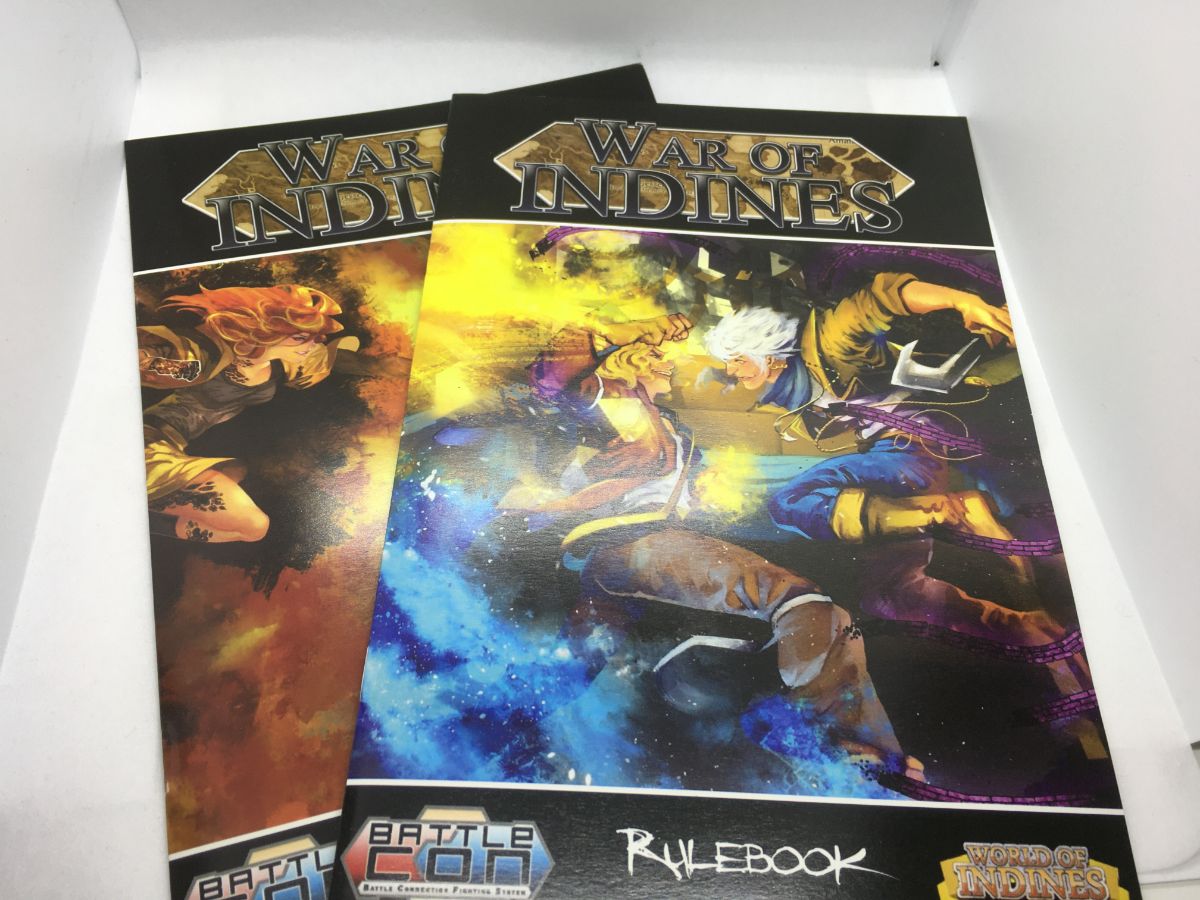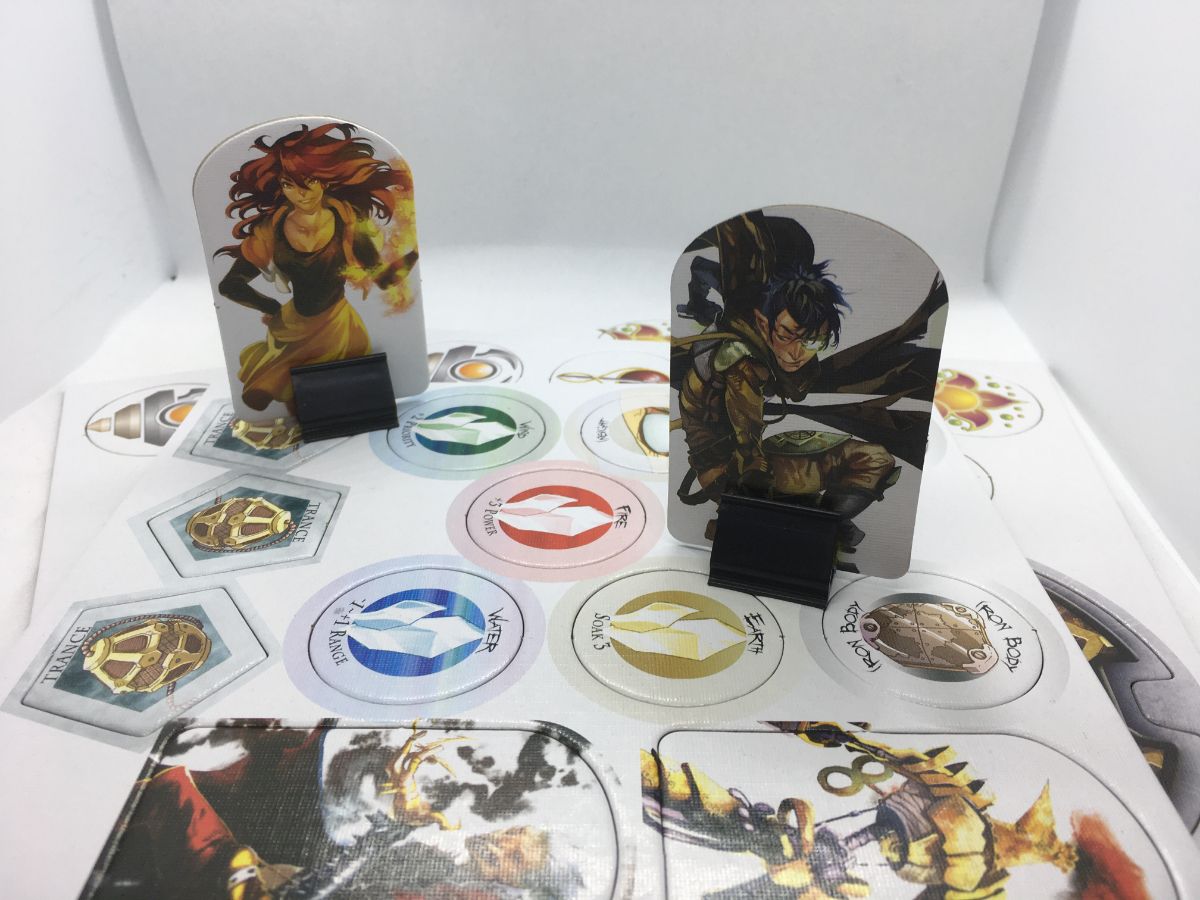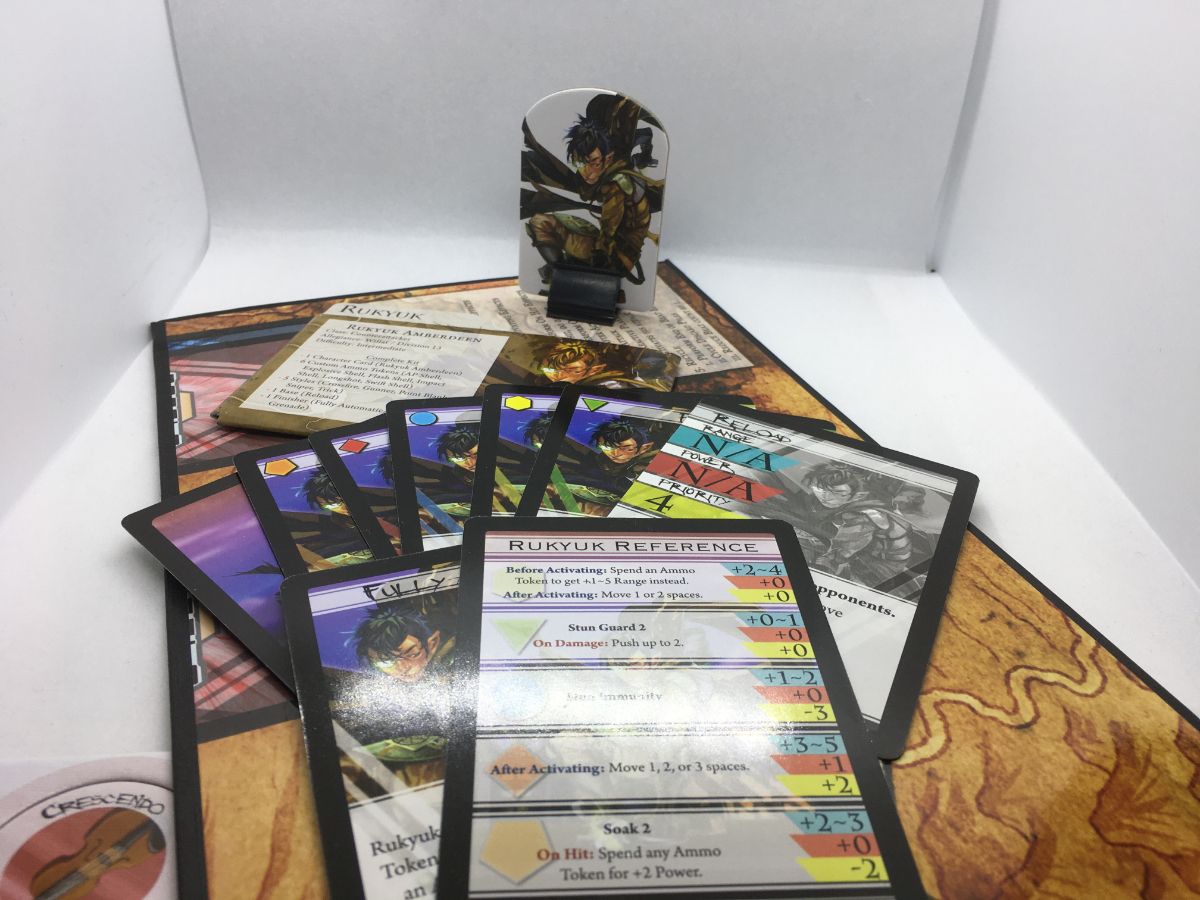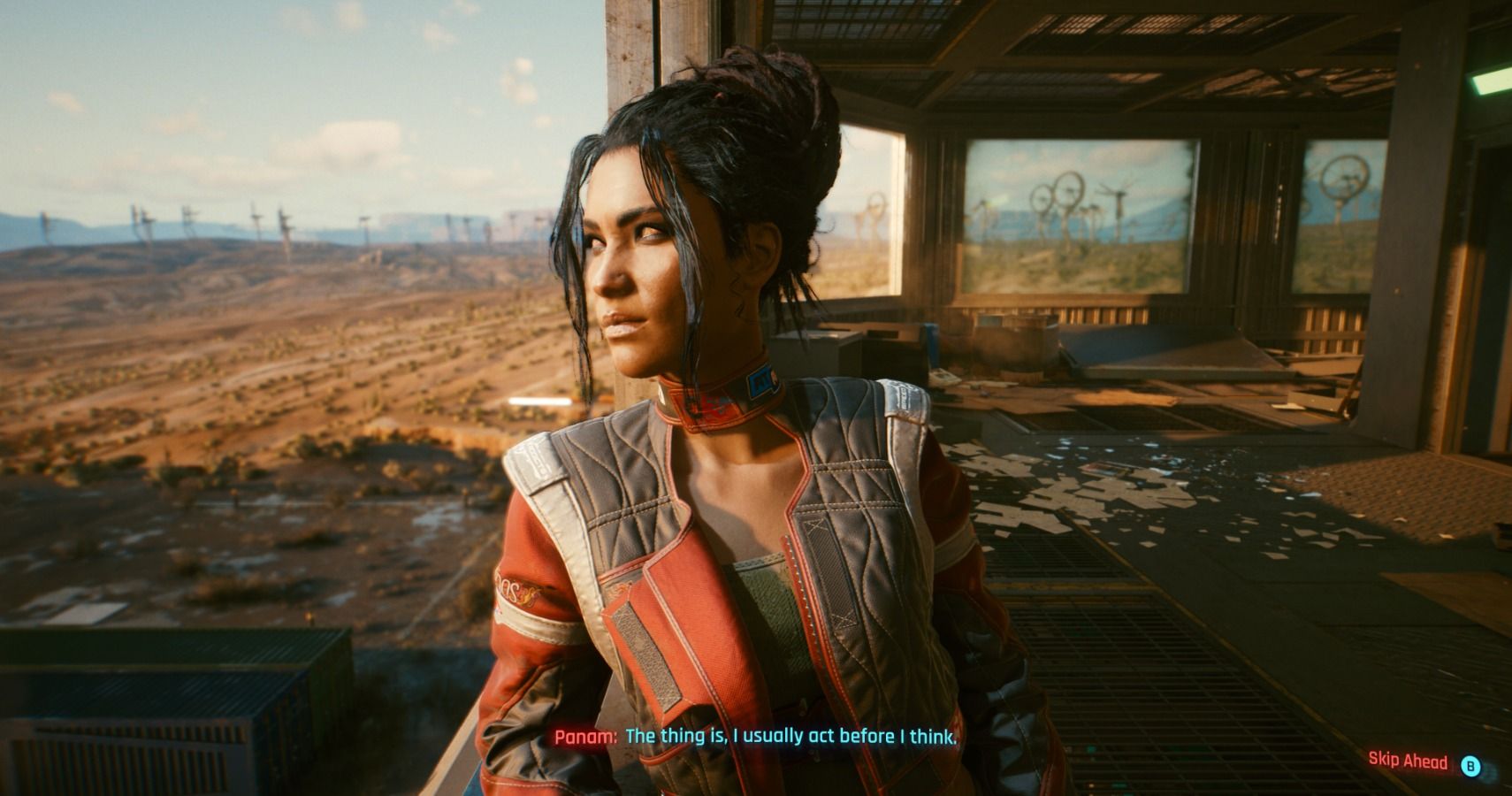Every so often a classic game lands on my desk and I am reminded of the rich variety of tabletop titles there are out there. BattleCon: War of Indines is one such game. Originally released ten years ago, this fourth edition rings the bell for a new round.
Described as a two-player standalone dueling card game, BattleCon pays homage to the 2D fighting games of the ’90s. It was a golden age for the genre, with fond memories for coin-popping arcade dwellers. It is this nostalgia that BattleCon: War of Indines taps into.
War of Indines is built upon the Battle Connection Fighting System from designer D. Brad Talton Jr and Level 99 games. The latest edition of BattleCon: War of Indines promises to be the ultimate revision of the game released so far. It brings together all that the designers have learned from the previous editions, mashes them together, and culminates into a set of streamlined rules with balance changes and a new dungeon and boss fight mode.
What’s In The Box
What we have here is the 2014 release, War of Indines: Remastered, so our opinion on the updates will have to wait for another time. With that said, Remastered still serves as a great entry point to the BattleCon universe. Inside you will find a rulebook, fighter and mode guide, game board fold-out poster, and punched cards full of tokens, markers, trackers, and arena cards. There are 18 fighters included; each has a ‘fighter kit’ card standup, and, of course, their dueling cards.
The artwork has been updated and has a manga/anime flare that will definitely appeal to fans of Japanese fighting games. The Fighter Kits are a novel idea, but I question their longevity. They are just the right size to store a fighter’s cards, but using them may cause wear and tear to card edges and they are not sleeve friendly. There are two plastic feet for the Standups, not a big deal, but I would have preferred a base for each fighter. I can see the removal and fitting of becoming a problem long term.
How To Play
Instead of putting together a deck, players choose a fighter and take the cards as outlined in that fighter’s Fighter Kit. Each fighter comes with a card standup that is placed on the game board, cleverly designed to simulate the iconic left-right 2D playfield as seen in old-school fighting games. Each fighter has UA (Unique Abilities) which in part determine the remaining card layout. To complete setup, each player should take the required life tokens, power-up tokens, and also create a pile of Force Tokens (if included, this will vary on the edition purchased). Each fighter has two special finishing moves represented by the doubled sided Finisher card. Each player must choose one and place it face up, followed by two sets of discards placed in the appropriate spaces. One of the players should be given the Active Player card. We are now ready, so let’s begin.
Games take place over a series of beats. Each beat has several phases where simultaneous actions are taken. To start, each player draws a Style and Base card. The aim is to find a combo that will be a better attack than the opponent’s. Both players place their chosen cards face down at the same time. Next is the Ante Phase, where each player will bet tokens based upon how good they feel their attack is. Once completed, the players reveal their attacks. The first stage of combat is working out who the Active Player is. Reconcile any Reveal Triggers and calculate the priority score. The higher score becomes the Active Player.
The Active Player reconciles first. Begin by resolving any Start of Beat Triggers; these are always carried out irrespective of the state of the fighter. Assuming a fighter can fight, the main round awards damage based on the attack made. Finally, any End of Beat Triggers should be resolved in the same manner as the Start of Beat. Any damage taken should be recorded by removing tokens from the fighter’s health pool. An important consideration is range – both fighters have to be close enough for an attack to land. Players can move their fighters left and right, as instructed by their cards’ Move Effects. There are also other effects that an attack may have. For example, it is possible to stun a fighter so they cannot attack until they resolve the effect. A beat is completed by discarding the played attack and returning the discarded cards from two moves prior to the hand. Rinse and repeat until there is a winner. The player to reach zero health first loses.
What We Thought
It’s always good to dust off a classic, and this is up there with the greats. It would have been nice to review the latest edition, as I suspect the changes have streamlined play. On paper at least, the latest edition has 35 new fighters and so feels like the better deal. But on reflection, this is an equally valid purchase. Everything you receive is compatible with the other editions on sale and the different releases are perhaps best thought of as ‘expansions’ to this.
There definitely is an art to game design, and D. Brad Talton Jr is a Master Craftsman. While some of the rules may take a couple of tries for younger players to understand, the game is simple enough that you can get up and running fairly quickly. With a typical playtime of 30 minutes, this is a quick game you can enjoy without getting too bogged down.
NEXT: Critical Role’s Matthew Mercer Displays His Beautifully Terrifying Hand-Painted Miniatures
- TheGamer Originals
- Tabletop
- Board Games
Source: Read Full Article



